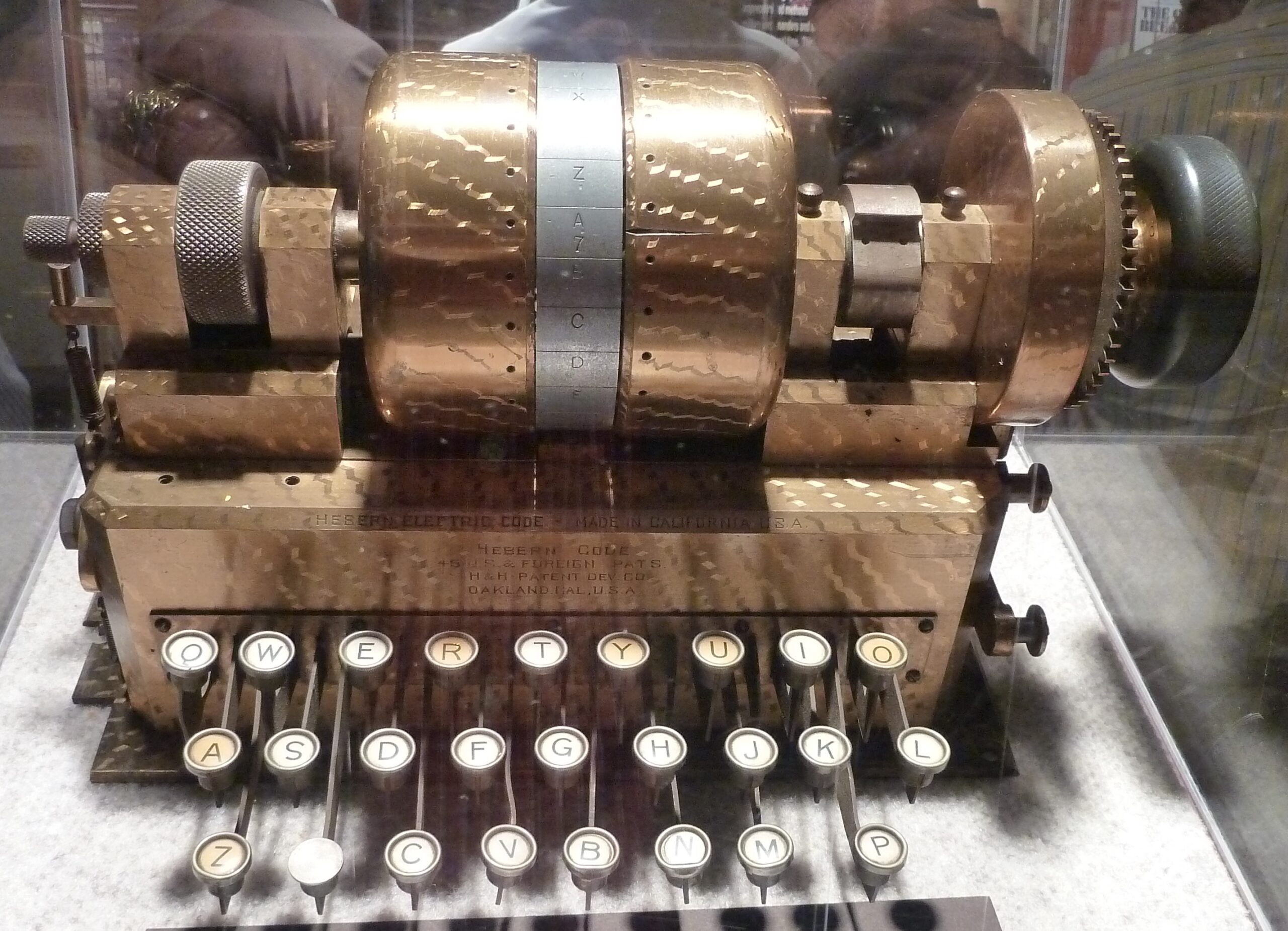Rotary cipher machines, which emerged prominently during World War I and were refined in the intervening decades, are intriguing devices designed to encrypt and decrypt messages. These machines leverage mechanical movements and a series of rotating wheels or drums to obfuscate plaintext, evolving through various iterations and improving in complexity over time. This article will delve into the operational principles behind these machines, examining their components, types, historical significance, and their place in modern cryptography.
At the heart of every rotary cipher machine is the cryptographic wheel. Each wheel is adorned with a series of letters, typically aligned in alphabetical order. The fundamental operation involves the rotation of these wheels, which correspondingly shifts the positions of letters. When a user inputs a plaintext character, the machine’s configuration determines which letter is displayed or transmitted. As a result, plain text becomes cipher text, rendering it unintelligible to unauthorized parties. This replacement methodology is the foundation of classical encryption.
There are two principal types of rotary cipher machines: the simple rotor machines and the more sophisticated ones such as the Enigma machine. Simple rotor machines, often employing a fixed number of wheels, operate through straightforward substitution techniques where each wheel represents a letter’s positional shift. For example, if a wheel is positioned to shift letters by three places, an ‘A’ would be replaced with a ‘D,’ a ‘B’ with an ‘E,’ and so on. The user must know the initial settings—the positions of the wheels—before being able to decipher the messages accurately.
The Enigma machine, notably used by German forces during World War II, presents a more complex case. It incorporates multiple rotors, usually ranging from three to five, each of which can be set to various starting positions. This polyalphabetic substitution mechanism allows for an exponential increase in potential configurations, significantly enhancing security. The machine functions by passing an electrical current through the configured rotors to encode the input characters. Because of the interdependence of the rotors—whereby the rotation of one rotor influences the others—decoding becomes a formidable challenge without the exact initial settings.
Interestingly, the state of the rotors is key to the machine’s functionality. Every time a key is pressed, the machine advances the position of one or more rotors, akin to an odometer on a vehicle. This advancement is characteristic of what is referred to as a “step” mechanism, wherein the action of typing a letter shifts the configuration of the entire system. Due to this feature, rotary cipher machines exhibit variability in the encoded message for successive identical characters in the plaintext. Thus, even if the same letter is pressed multiple times, distinct letters might emerge in the cipher text, complicating decryption for adversaries.
While the mechanical elegance of rotary cipher machines fuels fascination, an analysis of their security reveals significant vulnerabilities. The Enigma, for instance, relied heavily on its complexity; however, flaws in operational practices and a lack of absolute randomness in rotor settings eventually led to its downfall. The human element introduced by the operators’ potential for error frequently overrode the machine’s sophistication. When Allied cryptanalysts, including the renowned work at Bletchley Park, developed methods to exploit these vulnerabilities, the previously hidden messages of the enemy began to unravel.
The termination of World War II signaled a scaling back of mechanical cipher devices, giving way to electronic encryption methods — the genesis of contemporary cryptography. Nonetheless, the principles underlying rotary cipher machines laid foundational concepts that are still pertinent today, even as technology has transformed. Among modern encryption techniques, several borrow from the lessons of earlier machines, particularly in recognizing the necessity for key management, randomness, and operational security.
Aside from their historical significance, rotary cipher machines continue to captivate enthusiasts and scholars alike. Retro cryptography enthusiasts often engage with these devices, assembling replicas and even creating computer simulations that emulate the original mechanical workings. Such hobbyists argue that understanding these systems fosters appreciation for the meticulous work of historical cryptographers while simultaneously offering insights into the evolution of modern security practices.
In summary, rotary cipher machines represent a pivotal advancement in the history of cryptography. Their operation relies predominantly on mechanical configurations, consisting of rotors that manipulate letter positions through a complex substitution process. Types such as simple rotor machines and the Enigma exhibit varying degrees of complexity and security. Despite their once formidable security, the eventual discovery of their vulnerabilities underscored the importance of continuous evolution in cryptographic practices. Today, they serve not only as a reminder of past ingenuity but also as a clarion call for vigilance in the realm of contemporary encryption methodologies. Understanding the mechanics behind such devices enriches our comprehension of cryptographic principles, influencing both historical perspectives and future innovations.








Leave a Comment